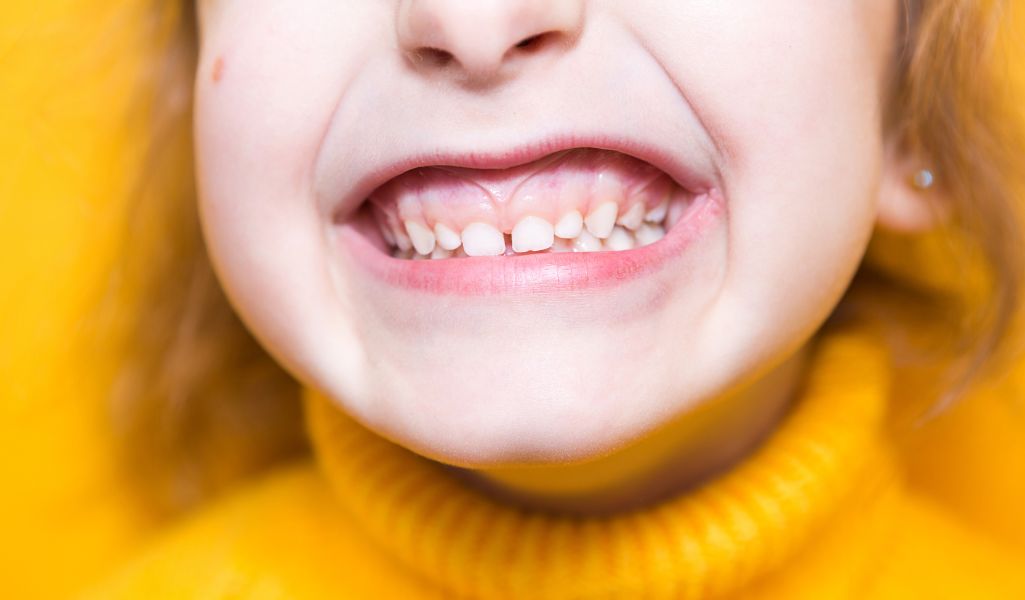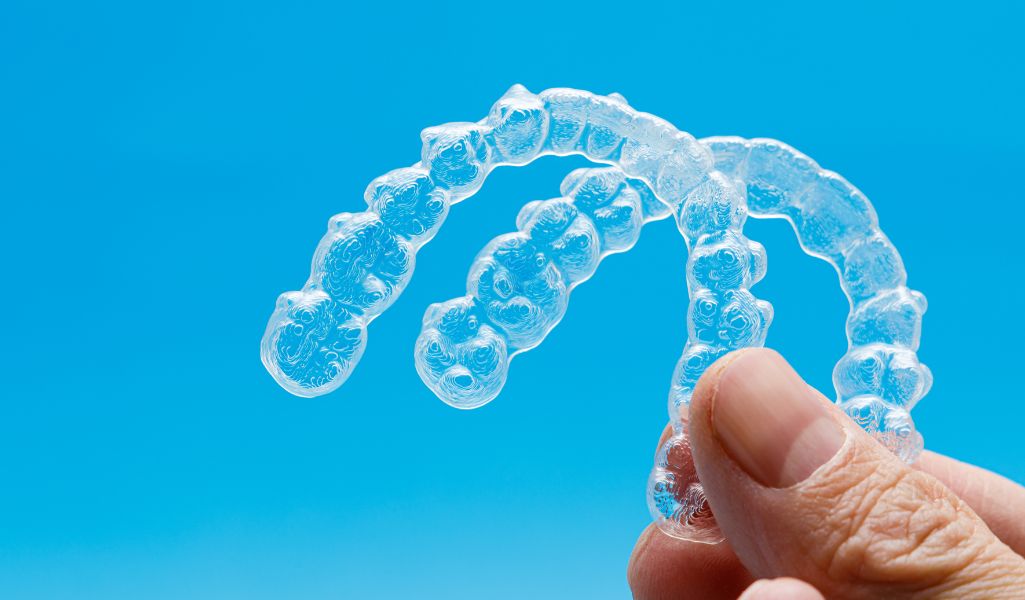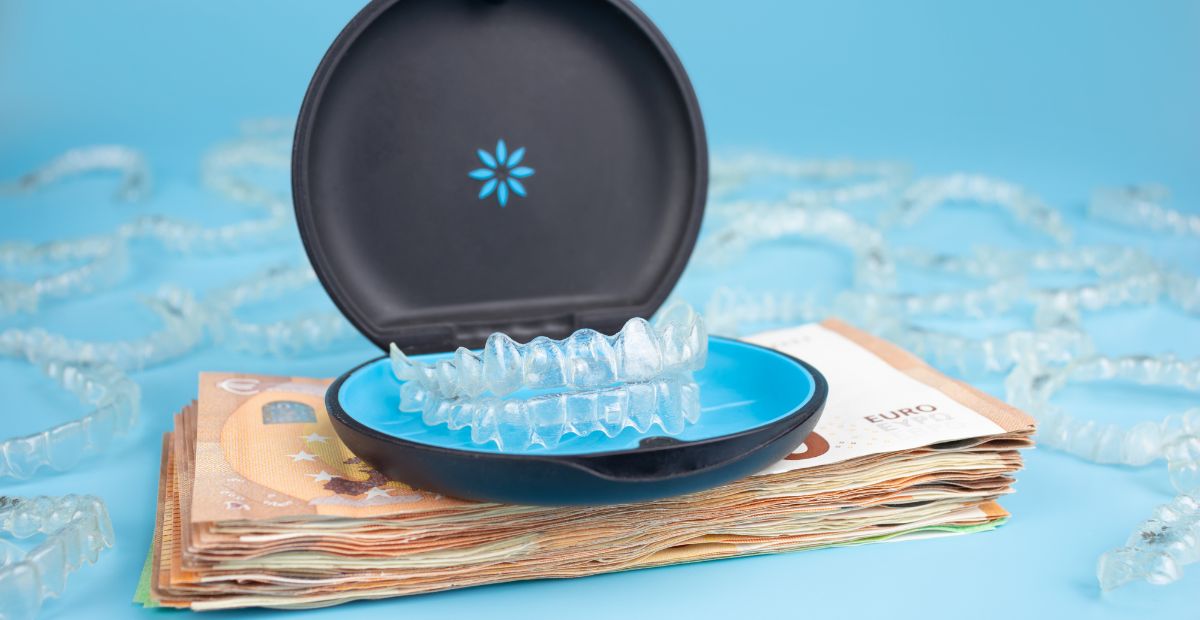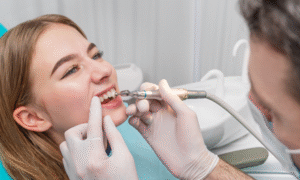Can Invisalign Fix Overbites and Underbites? Detailed Expert Guide
Invisalign is one of the most popular orthodontic treatments today, widely appreciated for its aesthetic appeal, comfort, and effectiveness. While many people think of Invisalign primarily as a solution for straightening teeth, it’s also highly effective for correcting various bite issues, including overbites and underbites. But how does Invisalign work for these more complex dental problems, and what can you expect during treatment?
If you're dealing with an overbite or underbite and wondering if Invisalign is the right choice for you, here’s an in-depth explanation from an expert’s perspective.
Before we delve into how Invisalign can treat these issues, it’s important to define overbite and underbite.
An overbite occurs when the upper front teeth extend too far over the lower front teeth. This can cause the upper teeth to cover the lower teeth more than they should, leading to potential issues with bite alignment, wear on teeth, and even jaw discomfort. Overbites are often caused by genetics, thumb-sucking habits, or even excessive nail-biting.
On the flip side, an underbite occurs when the lower teeth protrude in front of the upper teeth. This misalignment can cause chewing problems, difficulty speaking, and a range of other issues, including facial appearance changes. Underbites may result from hereditary factors or developmental issues during childhood.
Both bite issues not only affect your smile but can also lead to functional problems with your teeth and jaw over time.
Invisalign treatment works by gradually moving your teeth into better alignment using a series of clear, removable aligners custom-made for your mouth. For overbites and underbites, Invisalign adjusts the positioning of the teeth and jaw to create a more balanced bite.
To correct this, Invisalign works by applying pressure to shift the teeth into better alignment. Invisalign can be highly effective, shifting the upper teeth back and moving the lower teeth forward.

Invisalign aligners for an overbite will likely include a series of trays that progressively reposition the teeth.These attachments are discreet but help the aligners move your teeth in the precise manner needed.
An underbite typically requires the opposite adjustment—bringing the lower teeth back and guiding the upper teeth forward. Invisalign can address mild to moderate cases of underbite by shifting the lower teeth back and repositioning the upper teeth in a way that aligns with the rest of the mouth.

Like with overbite treatment, Invisalign uses a series of custom-made aligners that shift your teeth gently and gradually. To enhance the movement for more complex cases, attachments and elastics may be added to provide extra support and assist in bringing both the upper and lower teeth into proper alignment.
Invisalign has several distinct advantages when it comes to treating bite issues like overbites and underbites:
Invisalign aligners are made from clear plastic, meaning they are nearly invisible to others. This makes them an attractive option for adults and teens who want to straighten their teeth discreetly without the attention that traditional braces can bring.





